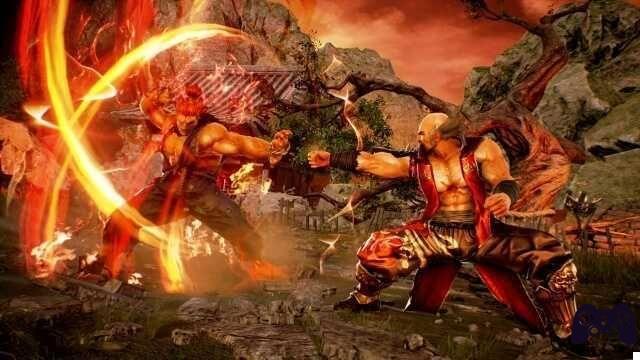Baldur's Gate 3 offers 46 subclasses and hundreds of cantrips, abilities and spells to give shape to the fantasy character of your dreams. Over the last few days we have published several guides and Tier Lists dedicated to the classes and the dozens of opportunities they bring to the table, but today we have reached the most important section of all: the guide to Multiclassing and the best multiclass builds. It is essentially the ability to mix different classes to get the best from each, creating hybrids that have no comparison in terms of effectiveness.
The Multiclassing rules taken from D&D and adapted to the video game formula allow you to combine different classes of Baldur's Gate 3 to create devastating creatures, sometimes capable of attacking up to eight or nine times in a single turn. However, these are of a mechanic that it is necessary to know deeply, since you risk obtaining suboptimal characters if you are not able to carefully manage the investment of levels in the various classes. In the first part of this guide we will explain in detail how multiclassing works and provide some basic rules, while in the second we will analyze some of the best multiclass builds.
Multiclassing Guide

Every time you level up in Baldur's Gate 3, you can choose whether to continue with your initial class or click the small button at the top left of the character sheet to invest in a different class, starting a multiclassed character. Baldur's Gate 3 has effectively removed classic attributes-related restrictions present in D&D, so the only limit lies in your imagination and common sense. Remember that you can carry out the respec at any time by spending 100 coins, so you are free to experiment as you want as long as you have the necessary sum.
However, keep in mind that Baldur's Gate 3 has a relatively low level cap of level 12, so Multiclassing may delay or permanently preclude access to some of the end-game abilities provided for each specific class. On the other hand, how impactful the loss of "endgame" skills is depends greatly on the class in question, because most of the essential skills are obtained towards the middle of the adventure, usually around level 5. Furthermore, the "ASIs", that is, bonuses to characteristics are obtained every four levels of a single class. For example, a level 8 Fighter will have two ASIs, while a Barbarian 6/Warrior 2 character will only have one.
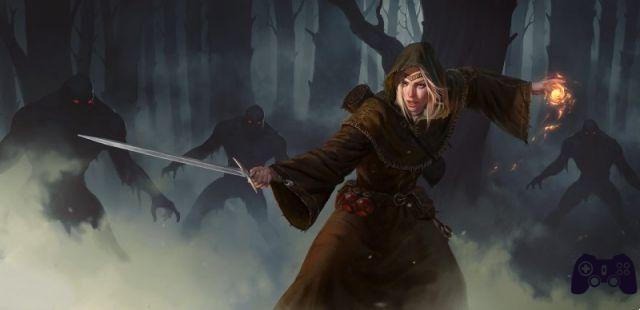
Some classes they work with greater synergy, perhaps because their damage or class abilities are based on the same attribute. For example, Paladin, Warlock, and Bard are all Charisma-based classes, so it goes without saying that they fit together perfectly. Furthermore, by taking the multiclass route it is worth keeping in mind that you will get the dialogue options relating to each single class you have leveled; Sure, it's just an RP bonus, but it's still a nice mechanic.
Let's take a small example: a Bard is extremely versatile and raises the curtain on interesting abilities, but has a great shortage of effective cantrips and spells intended for damage. Perfect: imagine reaching level 4, and instead of continuing with the Bard, invest that level in the Warlock. At that point you will immediately gain access to everything you are missing, acquiring Occult Blast and some damage skills.
Before analyzing the various builds in detail, let's see some rules to always take into consideration when opting for multiclassing:
- Additional Attack: Fighters, Barbarians, Rangers, Monks and Paladins get a second attack per turn at level 5. Blade/Valour Bards get it at level 6. Additional Attack is an ability you should always take when multiclassing.
- Subclass: Most classes allow you to choose a subclass at level 3, but most spellcasters, and even Paladins, choose their subclass at level 1.
- Spell levels: Spellcasters gain new spell levels and spell slots at every odd class level.
- Expertise: Classes gain fewer proficiencies with weapons, skills, and saving throws when chosen later than level 1. It can sometimes be advantageous to choose a class like Fighter or Rogue at level 1 due to their excellent proficiencies. Only the Rogue, Ranger, and Bard classes receive extra skill proficiencies.
- Saving throws: No new proficiencies are gained on saving throws.
- Coherence: Multiclassing can lead to imbalances between fundamental characteristics, so it should be used judiciously. Becoming a Thief with low Dexterity is not a viable option, for example. While multiclassing can offer versatility, it's critical to consider progression delays. But that's why this guide exists, right?
The Best Multiclass Builds of Baldur's Gate 3
Warrior 2 - The Universal
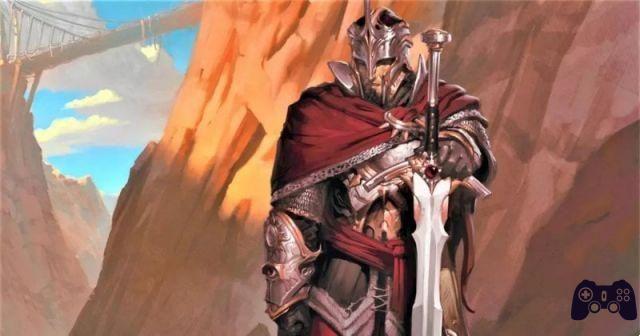
Ok, this isn't an actual build, but it's a basic tip. Starting any melee multiclass with a Level 2 Warrior it forms an extremely powerful backbone, almost essential to creating the most powerful variants. In addition to providing essential skills, at Level 2 the Warrior offers the Impetuous Action, which guarantees an additional Action Point to be exploited in each turn, effectively allowing an additional attack to any kind of class.
This translates into a plethora of extremely strong and resistant builds that start from this assumption: Fighter 2/Barbarian 10, Fighter 2/Druid 10, Fighter 2/Paladin 10, Fighter 2/Rogue 10 are all extremely effective multiclasses in their great simplicity .
Paladin 2 / Warlock 10 - The Palalock
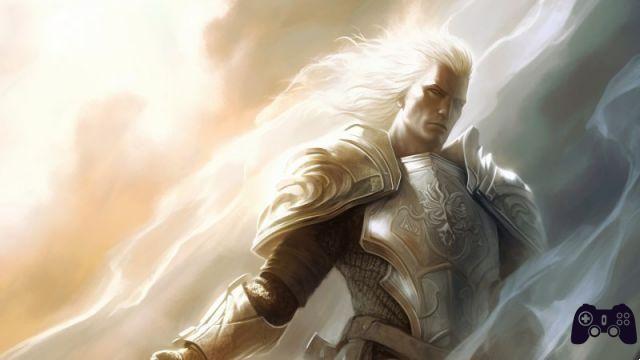
The famous "Palalock" absolutely does not betray expectations: the backbone of the multiclass lies in the combination of Divine Punishment and the Warlock's Spell Slots, further enriched by the Pact of Blades. It goes without saying that sharing the Charisma characteristic lies in the foundations of this hybrid, which sacrifices strength to use tricks aimed at inflicting only magical damage. The Pact of Blades, in fact, allows you to bind the weapon and even perform an additional attack by taking advantage of the damage multiplier linked to Charisma, effectively eliminating the need for Strength.
You can use the Warlock's spell slots, which are more and of a higher level than those of the Paladin, to unleash a storm of Divine Punishments; the strongest element, on the other hand, is the Warlock's innate ability to recover Spell Slots with a simple short rest, meaning that you will effectively recover all uses of Divine Smite every time you take a nap. As for the Paladin subclass, Oath of Vengeance works like a charm, but you may want to consider the affinity between Oath of the Ancients Paladin and Fey Warlock.
Thief Assassin 5 / Ranger Monster Slayer 5 / Warrior 2 - The Assassin who actually kills you
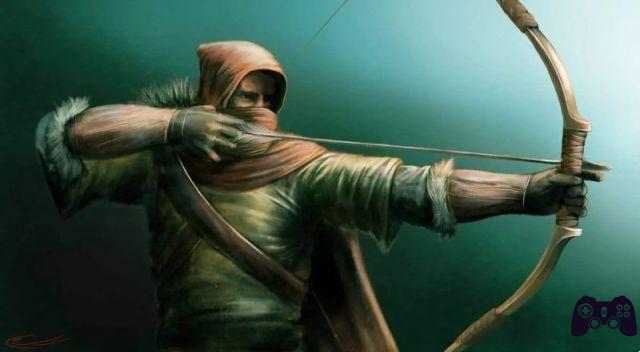
The backbone of the multiclass is the Ranger's ambush, which gives a fixed bonus of +3 to Initiative and a series of Very powerful bonuses on the first turn. Combined with Assassination - which provides bonuses against enemies who haven't done anything yet and benefits from the stealth damage boost - the opening round will turn into a massacre. Free sneak attack before the fight starts, free second attack at the start of the fight, extra attack with advantage, warrior's Action Surge to perform two more extra attacks: few creatures in Baldur's Gate 3 are able to resist something of this type.
At level 12, you can rely on an opening turn with seven attacks: sneak attack out of combat + two full attacks + secondary attack + ambush attack + two additional Action Surge attacks. With Haste, obviously, that becomes nine attacks. The best way to play this build is to attack first, in stealth: it won't always be possible, some battles start with a cutscene, but if you get to your first turn you can always unleash hell.
Barbarian Berserker 9 / Champion Warrior 3 - A physical monster
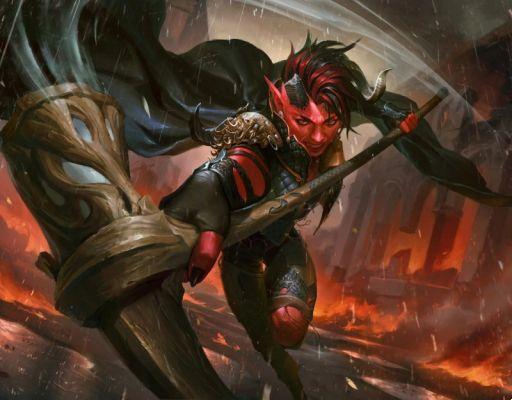
Want to use the strongest physics class in the game? Here she is. Take Karlach, follow this development line, and watch her tackle Baldur's Gate 3's most difficult endgame fights alone in Tactical mode. Barbarian up to level 5, three Warrior levels, and then Barbarian to the end: that's all you need . You essentially give up the Barbarian's final abilities - including death resistance which is rather useless - to instead gain the Champion's Action Surge and Improved Critical.
The objectives are Strength at 18 and Constitution at 16, after which it is a multiclass extremely self-explanatory which is based on one rule and one rule only: attack several times in the turn with a nice two-handed weapon, inflicting critical damage that puts any other build to shame. For the moment, this multiclass is in numerical terms the most devastating of all, capable of overcoming even the storms of Divine Punishments of an extremely optimized Paladin.
Warrior 2 / Mage 10 - Warmage
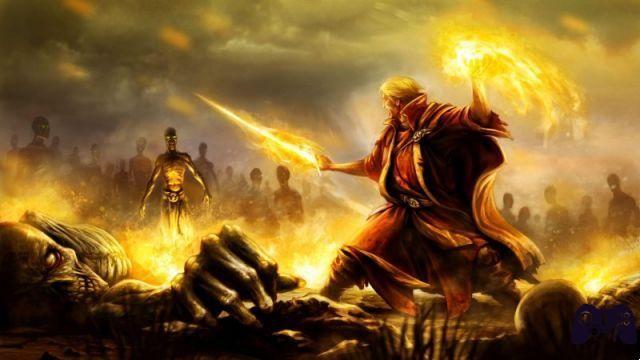
If you have entertained the idea of playing a Wizard Knight - i.e. the Warrior subclass - you should forget it and instead aim for the so-called Warmage, which is decidedly more effective and perfectly embodies the fantasy of the class. The basic idea is to sacrifice access to Level 6 Spells to instead embrace a front-line magical fighter, capable of giving his best even when he is among enemies, focusing more on Intelligence and Constitution.
Starting from the Level 2 Warrior allows you to get your hands on healing, proficiency in heavy armor, the defense fighting style and the Action Surge. At that point it is sufficient to proceed straight on the path of the Wizard, creating a more contained variant in terms of Spell Slots but decidedly more effective than a simple Wizard Knight, capable of surviving even in the heart of battle.
Paladin 5 / Bard College of Blades 7 - The Singing Paladin
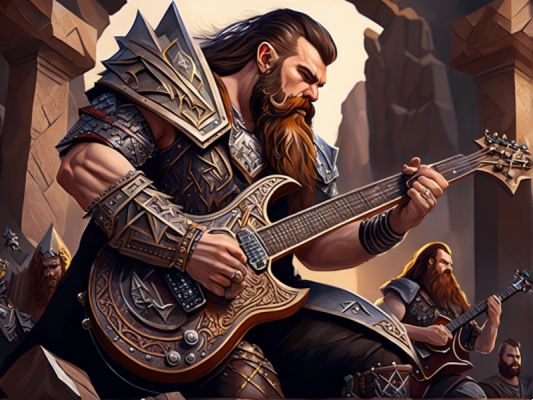
The effectiveness of this particular multiclass is a further testimony to the extraordinary versatility of the Paladin and the enormous advantage that is obtained by sharing a common characteristic such as Charisma. The basis of the build lies in reaching Level 5 with the Paladin to get your hands on the possibility of attacking twice per fight, already having Divine Smite in your pocket and drawing some other benefits along the way, taking into account that all the Paladin's Oaths work perfectly.
At that point it is enough to invest the rest of the levels in a Bard College of Blades, first of all to gain access to the plethora of melee options it offers, which bring an out-of-the-ordinary utility into play, but above all to get your hands on a larger number of Spell Slots, which can be filled to the brim with Divine Smite. This is a very versatile pairing of classes that allows you to make many small adjustments to the build: there are those who prefer to bring the Paladin to level 6 to access subsequent class skills, and there are those who instead aim exclusively at the advantages brought by the Bard. The choice is all yours, since Larian Studios has blessed us with unlimited respec.
Shadow Monk 7 / Assassin Thief 3 / Ranger 2 - Shadow Monk

This is a famous D&D hybrid that manages to work in Baldur's Gate 3 thanks to some changes made by Larian Studios, such as lowering the level requirement of some important shadow-related skills. Basically this class aims to take all the most important skills of the Monk and the Path of Shadows, before accessing the Assassination and Surprise Attack of the Thief, and investing a couple of additional points on the Ranger to take the style of combat.
This is probably the most mobile multiclass ever, perfect for opening combat but above all for moving without problems on the battlefield. If desired, it is possible to completely sacrifice the Ranger to acquire further bonuses to unarmed movement, but in essence the class stands up thanks to the possibility of continuously carrying out surprise attacks and returning invisible several times during the battle. It is absolutely not an easy hybrid to play, but it can provide great satisfaction.
Storm Cleric 2 / Storm Warlock 10 - Downburst Master

Both the Cleric's Storm Divine Domain and the dedicated Sorcerer subclass allow, with a minimal investment in Wisdom, to get your hands on all the most powerful abilities related to the lightning fantasy, drawing from an excellent pool of Cleric Spells before aiming all about the characteristics of the Sorcerer. Multiclassing works because this Divine Domination gets everything it needs already at Level 2, while domain spells can simply be recovered through the Sorcerer.
The latter, on the other hand, brings into play his unique storm-oriented abilities, sacrificing both Chain Lightning - level 11 - and Storm Fury - level 11 - with the aim of gaining versatility and above all in terms of survival . This is a very difficult class to play, because it is essential to use Volo after each electrical damage inflicted to reposition yourself in the heart of the battle and empty your arsenal right in the midst of the enemies. Sure, it's not the most powerful or immediate class, but it's really a lot of fun.
Sorcerer 9 / Rogue Thief 3 / Powers Illithid - The Destroyer of Worlds
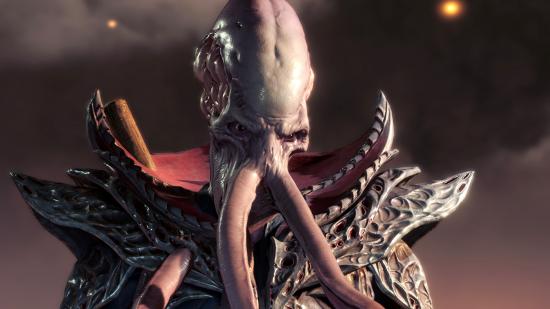
This build is based on some particular interactions exclusive to Baldur's Gate 3 and on some fundamental passive abilities. The foundations of multiclassing lie in the Sorcerer and in the possibility of casting Metamagic, especially Quick Casting, which allows you to use Bonus Action Points to cast Spells; Basically this ability allows you to cast two Spells in a single turn, but this is where the Rogue and Illithid Powers come into play.
The Rogue Thief increases the available Bonus Action Points to 2, effectively fielding a potential additional Spell; using the Illithid powers, in the Githyanki Asylum that can be reached from Act 1 it is possible to interact with a device that gives the protagonist the ability to use any Illithid Power using only the Bonus Action Points. What does all this mean? Practically even in basic turns without Metamagic you will be able to cast 3 different Actions in a single turn. Not bad for a magic class. The only problem with this build is that it requires a full investment in Mind Flayer abilities, otherwise it is perfect for Tactical mode. The guide is constantly updated with new Builds





